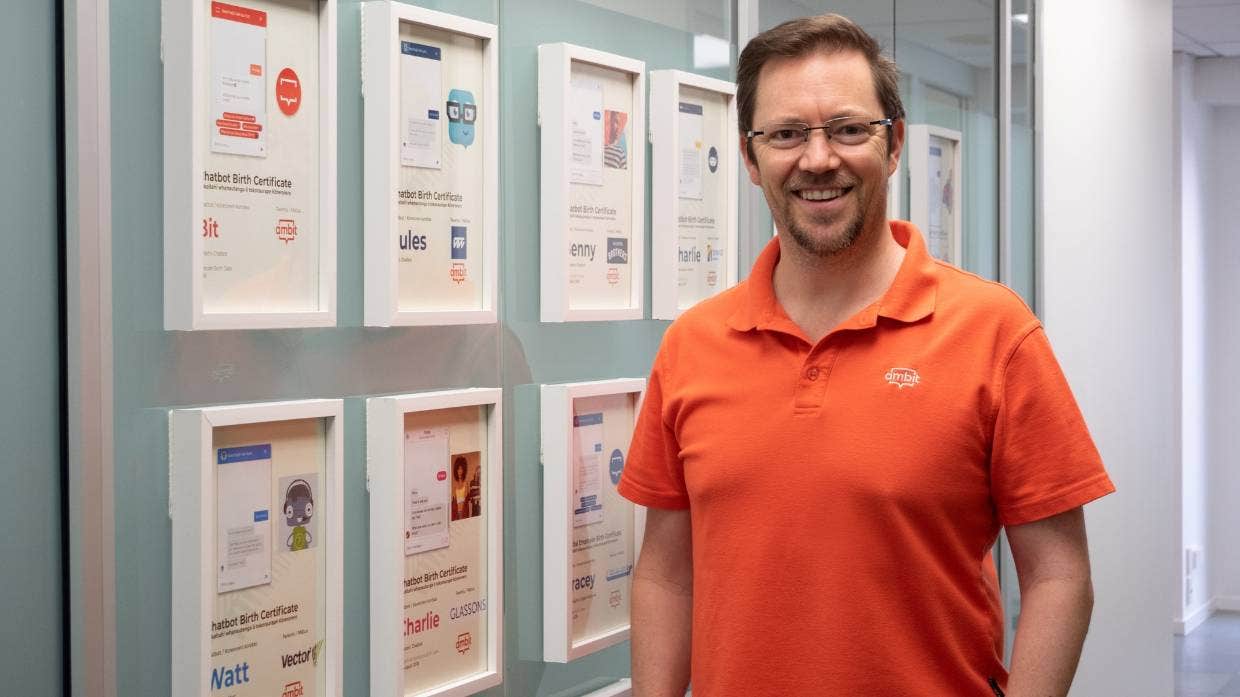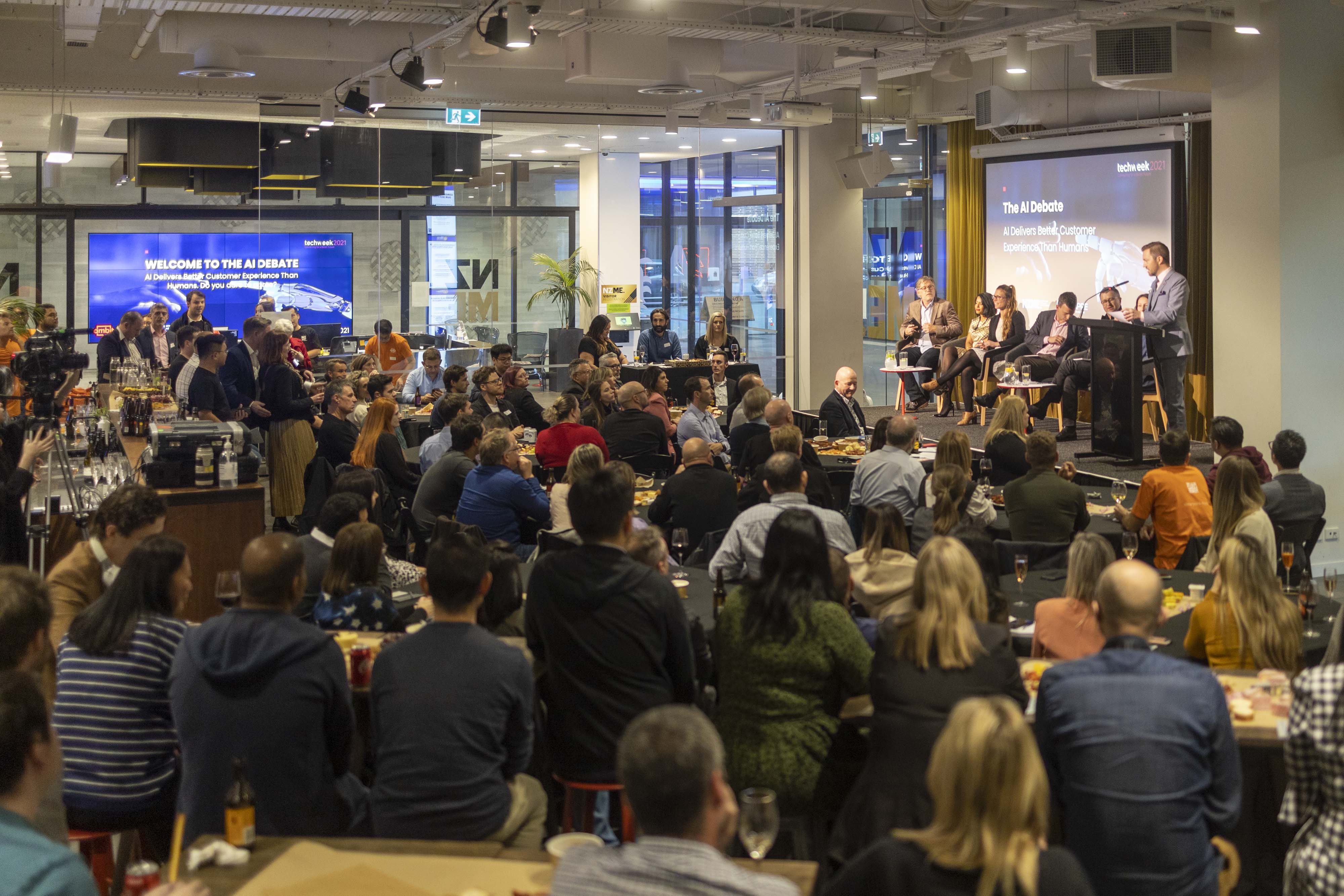With the elections behind us, and a newly installed government making pledges to spend taxpayer dollars, it’s time to discuss how AI will fundamentally change one of the biggest issues we face as a society right now.
I’m not talking about how MMP allows us to have one man ultimately decide who governs the country, rather – the ever-increasing transportation headache. I can see very clearly how this will be resolved without any expenditure of public funds, providing a vastly superior user experience, all within 5-7 years.
Oh, and it will ease the housing crisis too!
Before discussing the solution, let’s look at the problem. Auckland, my beloved hometown, is a study on how NOT to do transportation infrastructure.
Since the 1950s, we started our urban sprawl and the notion of a then-practical trainset was mooted repeatedly by Sir Dove-Myer Robinson. And constantly rejected. The solution was to simply build more roads. They’re good roads, globally speaking, but they can’t handle the volume of commercial, industrial and passenger vehicles that are expected of them. Passenger vehicles, however, are the primary issue – our average car journey has 1.2 passengers (including the driver!). Fix this, and we solve the problem.
Now we’re living in the late teens (is it just me, or does finding a comfortable name for this era present a real challenge…?), and we’re planning to spend billions of dollars on a very small section of rail. This is literally an industrial-revolution-age solution to a modern problem.
The Solution
You know that we currently have driverless cars on the roads. You can see that the technology is not just within reach, but just waiting to be widely deployed. This frees up one passenger spot in a car, which doesn’t actually solve the problem entirely – that’s achieved by the second piece. Ride sharing.
Whoa, what Josh?! Are you actually suggesting that I get into a car with strangers?
Yep.
But consider this. In essence, you already do.
We’ll start with Uber. Let alone a bus, train or even a commercial flight, you ride with strangers literally everywhere. What makes it palatable is the comfort of a crowd, and the concept of someone of ‘authority’ riding with you. Speaking of which, why don’t we call the bus driver a “pilot” or “captain”? It’s a significantly tougher and less pleasant job. But I digress…
We live in a digital world, so your personal security actually increases. It’s literally safer to live today than at any time in the history of humanity. Identity verification, account and user history, ratings and reviews from other passengers, cameras in vehicles… all of this, in my mind, adds up to driverless (or even driven) ride sharing being many many times safer than a bus full of random lunatics.
Don’t believe me? Think that it will be an anxiety-inducing affair? Well, let me draw an analogy for you.
Have you ever booked an Airbnb? Do you remember your first experience with it?
I do.
It was 2011, and I didn’t want to pay the extortionate hotel rates I’d worn on a previous trip to New York. A friend suggested I try this new app out. Some research later, I found a sweet apartment in Chelsea. I clicked “Book now” and reluctantly entered my credit card details.
From that moment forward, I had momentary slips into what I will call “Airbnb Anxiety”. It goes something like this:
"Are my CC details safe?"
"Will the amount be correct?"
"Are there any hidden costs?"
"Is the accommodation actually like the photos? Clean, quiet, safe?"
"How’s the neighbourhood?"
And so on. In speaking to others I believe this is a pervasive issue!
The week leading up to it, the anxiety factor went into relative overload. Now, I’m not a worrier, but unfamiliarity breeds uncertainty. It’s just how our brains are wired.
Now, however, after many experiences with Airbnb, what I now realise is that all subsequent bookings have seen none of that first-time stress. Apply this thinking to ride sharing in an autonomous vehicle. Sure, the first time might induce some discomfort, but it will float away as the benefits become apparent to everyone.
I see the price point landing somewhere between a bus and an Uber, except it comes on your schedule, to both of your doors, with neither parking nor security issues.
Machine learning knows your journeys and timings, and so booking will be as simple as telling your phone – “book a ride to work”.
Each vehicle will probably average 3 passengers per journey – all with their own seat. I imagine this being a public/private partnership and eventually replacing all buses.
Vehicles are likely to range from solo occupant luxury to minibus sized, maybe larger.
The technology is there, we feel comfortable in the sharing economy, and I believe we will embrace this with open arms. Personally, I can’t wait for tomorrow!




